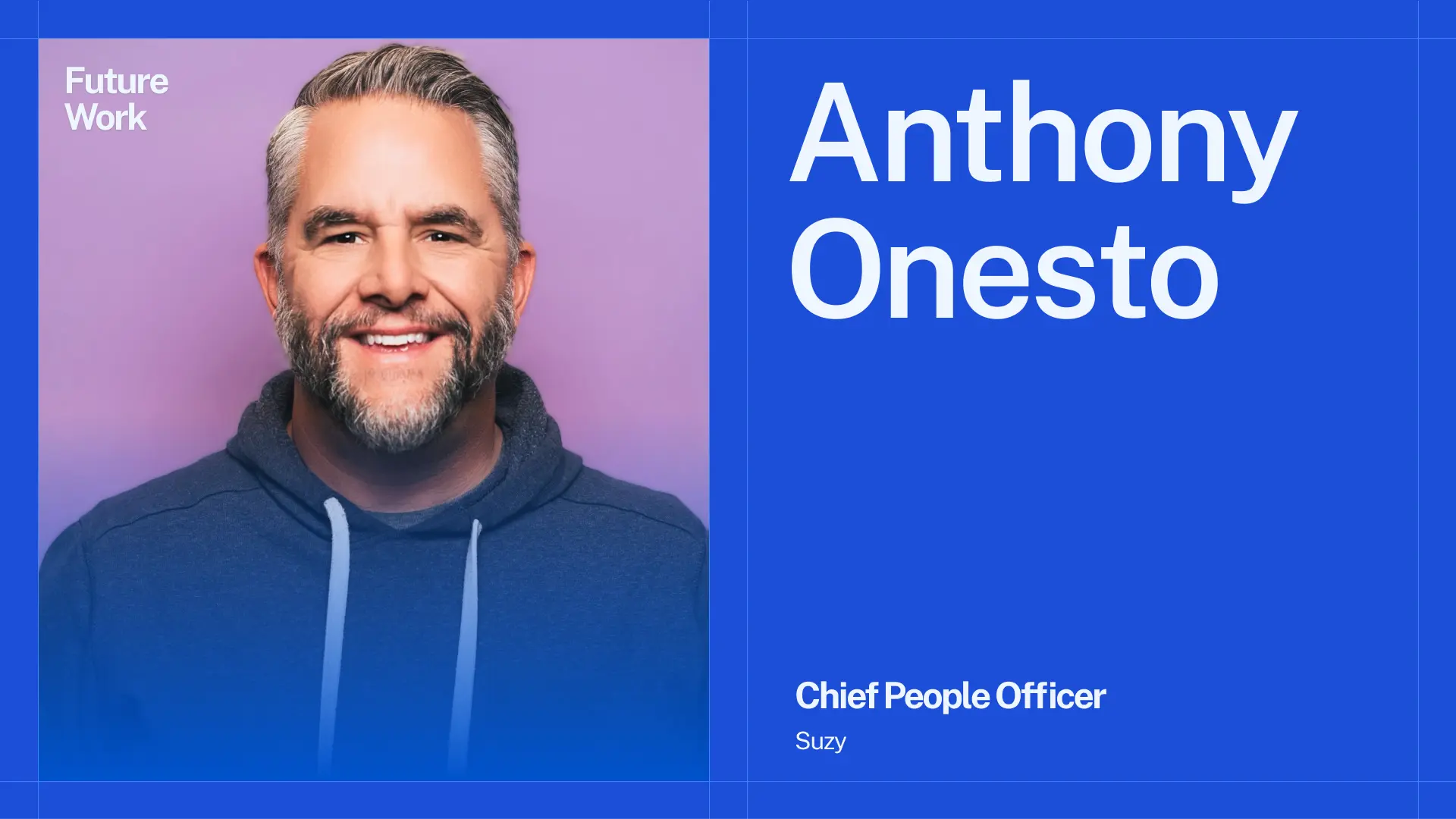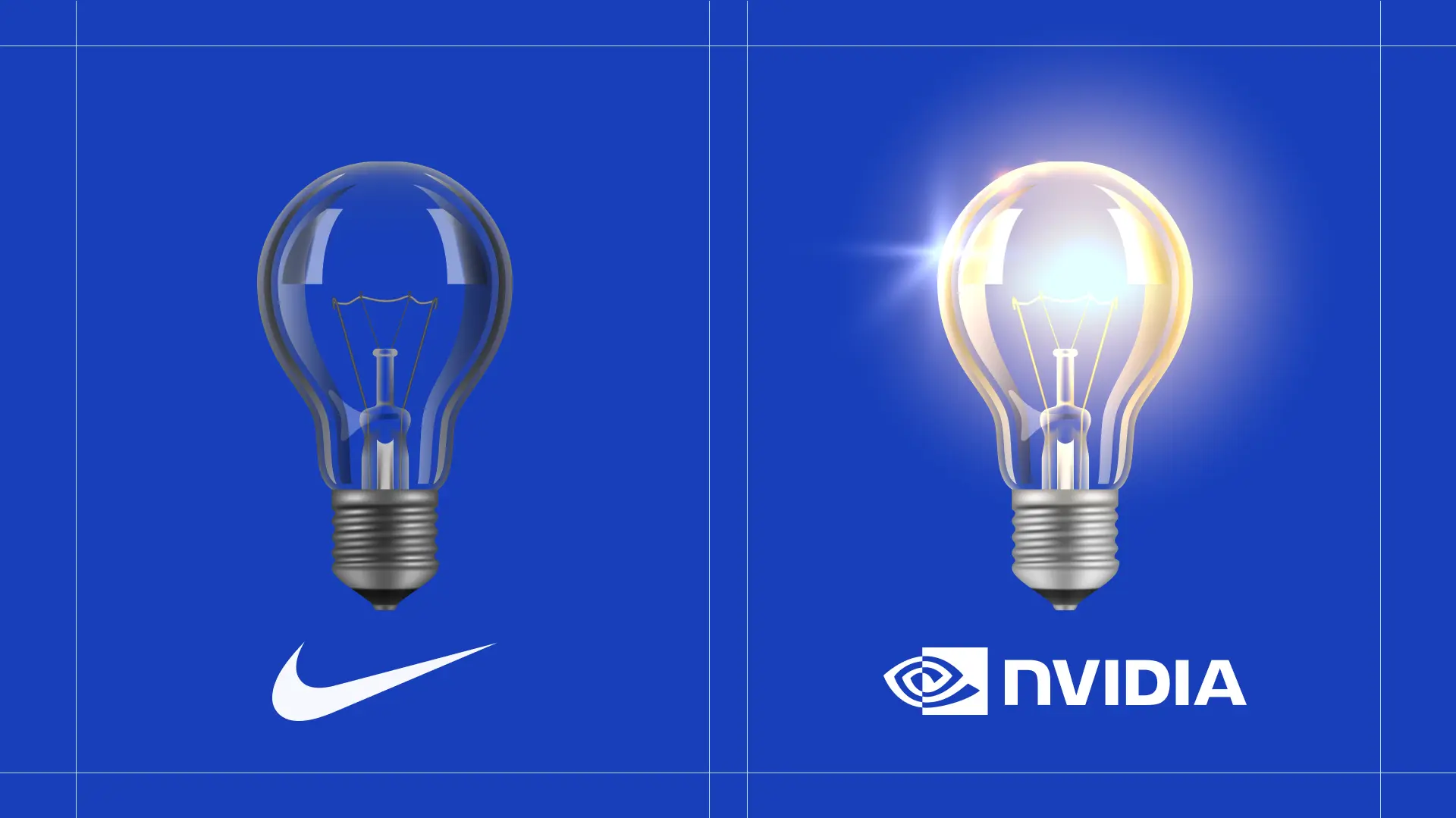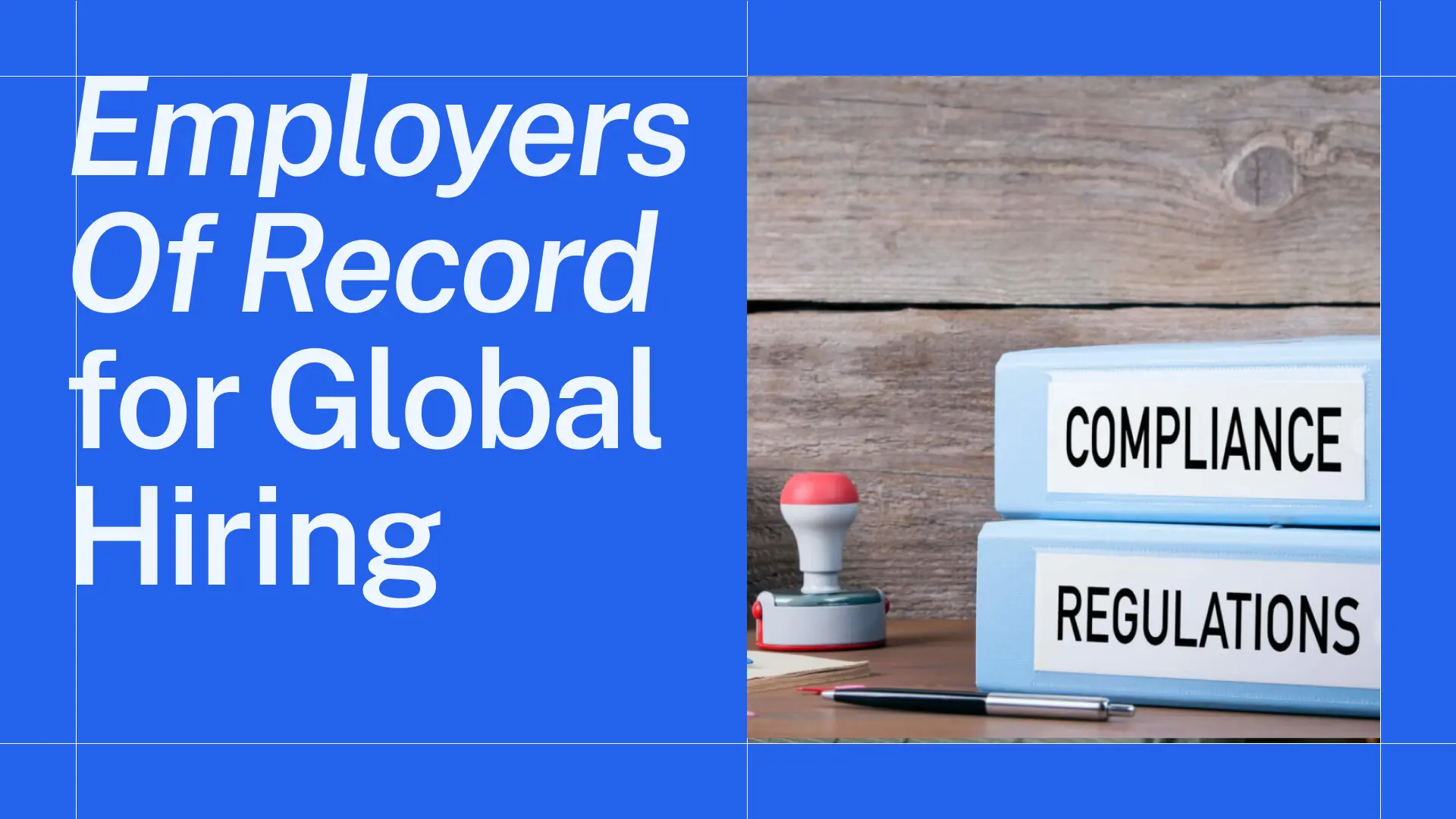One of our best practices for managing remote teams is onboarding.
And for a good reason: new hires' first few months can leave a lasting impression that will affect the employees' decision to commit to the company.
Unfortunately, onboarding can be a tough nut to crack and has been an issue for companies since even before hybrid and remote work: more than one-third of companies needed a structured onboarding process.
According to Gallup, only 29% of new hires feel fully prepared and supported after being onboarded, a whopping 10% of employees left their companies because of their poor new hire experience, and 88% of the employees had lackluster onboarding experiences.
Since a lot of the new hires are fresh graduates, they may find the Culture, Community, Connection, and Collaboration of the company extremely challenging and complicated, especially now that they spend less time interacting face-to-face with their team members and other colleagues in the hybrid work models.
What is remote onboarding?
Remote onboarding is the entirely online integration of new employees into a company's culture, workflow, and responsibilities. This is more crucial than ever as you need to ensure new hires can seamlessly transition into their roles without meeting you and others in person.
Onboarding remotely means using digital tools and communication platforms to engage, train, and acclimate new team members.
Effective remote onboarding should be a personalized and structured experience that fosters connection, understanding, and productivity, setting the stage for a successful team or company experience.
What should be included in remote onboarding?
Teams who can provide new members with a positive onboarding process will do wonders for the new hire experience. In an interview, Microsoft's CEO Satya Nadella even mentioned how interns come back to work for Microsoft simply because of a great immediate manager.
Overall, formal onboarding programs could create 50% greater employee retention, and employees with a positive boarding experience are almost three times more likely to feel prepared and supported in their roles, boosting their confidence and performance. Woohoo!
After recruiting and hiring your new team member, onboarding is the first step in hopefully a long and prosperous journey with you and the team, the stages Gallup calls "Engage, Perform, and Develop."

Additionally, new employees can be a massive driver of change. It's much more work to change the behavior of existing staff, for example, to motivate them more to take an active role in driving culture and community.
But new hires learn from scratch, so coaching them on the right behaviors is much easier. As a manager, you can help drive this process by designing a customized onboarding experience to encourage positive behavior.
As we include in our remote management best practices, there are 6 steps in a best-in-class remote onboarding:
- Customize the Onboarding: To optimize the onboarding process, customize it for each new hire. Hybrid and remote environments require a personalized approach to meet individual requirements – everyone is unique!
- Structured Onboarding Phases: To make the most of your onboarding experience, Gitlab recommends dedicating at least the first week, if possible two, to this process. During this time, concentrate on organizational, technical, and social aspects.
- Organizational Onboarding: Provide new hires with company handbooks and codes of conduct on their first day. This will help them integrate smoothly into the company culture and understand what's expected of them. The company can also apply the Employee Intranet as part of Organizational Onboarding.
- Technical Onboarding: Create a welcoming environment for everyone, regardless of background or abilities. We can achieve this by standardizing this phase.
-Social Onboarding: Introduce new hires to their supervisor and team right away, even if they're remote. Encourage social connections through chat and coffee chats for a smoother onboarding experience. - Engage Early: Welcome new team members with pre-boarding activities to help them feel comfortable and prepared for their start date.
- Clear Expectations: Define roles and responsibilities from the start to clarity and understanding. A 30 60 90 day plan can be very helpful with this (you can generate one by clicking on the link.)
- Summarize Achievements and Goals: Once the onboarding process is complete, thoroughly summarize their achievements and objectives.
- Assign Onboarding Buddy: Assign a team member as an onboarding buddy to ensure a smooth transition. (See below.)
Incorporate these strategies into your remote onboarding process to create a powerful impact on your new hires' experience and performance.
Data shows that strong onboarding programs lead to 50% higher employee retention rates, and those who undergo positive onboarding are almost three times more likely to feel confident and supported in their roles.
As new employees become crucial agents of change, customizing the onboarding journey, structuring phases, engaging early, setting clear expectations, summarizing achievements and goals, and assigning an onboarding buddy are critical steps in crafting a best-in-class remote onboarding experience.
Hey buddy! Let's onboard together
As mentioned above, providing an onboarding buddy is a best practice for bringing new remote team members on board. The benefits of onboarding buddies are clear:
- Starting a new job can be overwhelming, especially when it comes to understanding the ins and outs of a company's culture. That's why having an onboarding buddy can make a huge difference for new employees. Onboarding buddies can provide valuable context and insights, such as who the important stakeholders are and how different organizations within the company fit together. With this support, new hires can hit the ground running and feel more at ease in their new role.
- Not only does having an onboarding buddy improve productivity, but it can also boost overall satisfaction. According to Microsoft, new hires with onboarding buddies were 23% more satisfied with their onboarding experience than those without, and satisfaction increased by 36% in the following 90 days. In fact, new hires who met with their onboarding buddy just eight times in the first 90 days were 97% more productive.
- Onboarding buddies themselves also benefit from the experience. They have the opportunity to showcase and refine their managerial and leadership skills, as well as gain a deeper understanding of their area of expertise. By implementing an onboarding buddy program, companies can create a more positive experience for both new hires and their onboarding buddies, leading to increased satisfaction and productivity all around.
Setting onboarding buddies and managers up for success
Given how crucial onboarding buddies are to the onboarding experience, companies should do more to help employees who volunteer to be onboarding buddies for new hires.
Companies and their employee experience managers should reprioritize or reassign the workload of employees who become onboarding buddies, communicate a predetermined duration for the onboarding experience, and allow onboarding buddies to report to the same manager for a better understanding of the new hire's role.

The critical need for personalization
Personalization should be the top priority when tailoring the workplace experience to cater to the employees' needs.
Suppose you get matched with an onboarding buddy with overlapping interests. In that case, you'll be more likely to have an excellent impression of the company, plus you get to hear the inside stories/tips/tricks for that company that you care about.
Especially on the point of context, like-minded onboarding buddies are much likelier to provide relevance. Who to work with, which spaces are best for you, where to go for help, and how to make sure your time with the company is loaded with fun and fulfillment, all become more valuable when it comes from 'someone like you.'
What is an example of remote onboarding?
Curious about how to execute a best-in-class remote onboarding? Include the following steps:
Pre-boarding (Before First Day):
- Welcome Package: Send a personalized welcome package to the new hire, including a detailed agenda for their first week, company information, and any required paperwork.
- Technology Setup: Provide access to necessary digital tools, software, and communication platforms, ensuring they have everything they need to start smoothly.
- Meet and Greet: Introduce the new hire to their onboarding buddy and team members through email or a virtual meeting, fostering initial connections.
First Week:
- Day 1:
- Organizational Onboarding: Share company handbooks, codes of conduct, and an overview of company culture to help them understand expectations.
- Technical Onboarding: Guide technology and tools they'll use and ensure they can navigate the digital workspace effectively.
- Social Onboarding: Facilitate introductions to their supervisor, team, and colleagues through virtual meet-and-greets or casual coffee chats. - Day 2-3:
- Engage Early: Engage the new hire with pre-boarding activities such as reading materials, videos, or online resources that familiarize them with the company's mission, values, and goals.
- Clear Expectations: Clearly define their roles, responsibilities, and key performance indicators to establish a strong foundation for their position. - Day 4-5:
- Structured Onboarding Phases: Dedicate time to organizational, technical, and social aspects to ensure a comprehensive understanding of the company's culture and workflow. - - Summarize Achievements and Goals: Provide feedback on their onboarding progress and discuss their short-term goals and milestones.
Throughout the Week:
- Onboarding Buddy Support: Assign a team member as an onboarding buddy who can provide guidance, answer questions, and offer insights into company processes.
- Customized Onboarding: Continuously tailor the onboarding experience based on the new hire's unique background, skills, and preferences.
- Regular Check-ins: Schedule regular check-ins with the new hire's manager and team members to address concerns and ensure they adapt well.
By implementing a structured and personalized onboarding experience that combines organizational, technical, and social aspects, you can create a positive and productive environment for new hires. This approach helps foster a sense of belonging and confidence, setting the stage for a successful journey within the company.
What are the stages of remote onboarding?
If your new team member is asking what their onboarding process will look like, you can share them the following message:
"To ensure a smooth onboarding experience, we have structured our process into three phases: pre-boarding, initial onboarding, and ongoing onboarding.
Before your first day, you will receive a welcome package and assistance with setting up technology. You will also have the opportunity to meet your onboarding buddy and team members.
During the initial onboarding phase, we will cover organizational and technical information, as well as engage in social activities to help you feel comfortable. We will establish clear expectations and summarize achievements and goals.
The ongoing onboarding phase includes regular check-ins and customized support from your onboarding buddy. Our structured approach will help you succeed in your new role."

All onboard!
We hope this information helps you create a better onboarding process – which has proven effects on productivity, performance, engagement, and retention. Creating a flexible world with happy employees and managers starts before day 1!
You Might Also Like …
Performance & Productivity
Hybrid and remote teams require a new approach to measuring and improving performance and productivity. We guide you through the what and how.
Our latest articles
FlexOS helps you stay ahead in the future of work.






![[Stanford Research] AI Beats Humans // Stay Ahead #21](https://assets-global.website-files.com/6442419dcf656a81da76b503/6626969da94edaba453bac4f_Get%20Ready%20For%20Your%20AI%20Clone%20(4).webp)





.webp)
